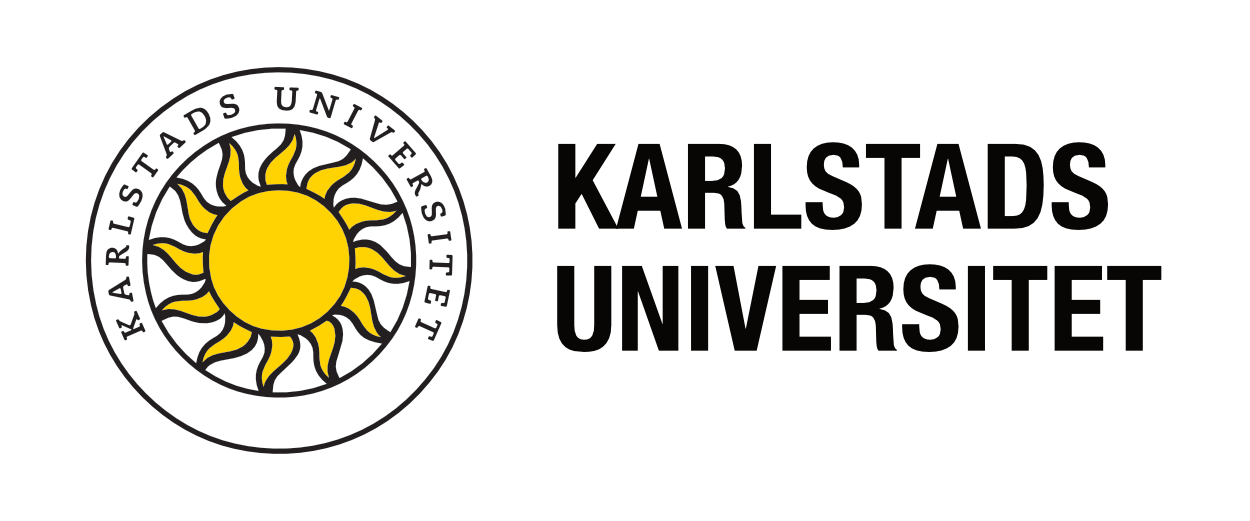How do you train students to read and understand scientific articles? Here is a lesson plan suitable for a group of 25-30 students in a physical classroom.
The lesson plan comes from Helen Hed, librarian at Umeå University library. She, in turn, has been inspired by an article by Roxanne Bogucka and Emily Wood (See reference below).
The problem addressed is that students often have:
- Difficult to identify (and distinguish between) different text types
- Difficult to read scientific texts
- Difficulty referencing sources correctly
In practical terms, during the lesson the students can alternately work in pairs and groups, read and take a position on assigned parts of articles (Prepared by the teacher). You start from the schematic article structure IMRD (Introduction, Method, Results and Discussion), and learn to recognize and relate to how a typical scientific text is structured.
During the exercise the students are introduced to the reading strategy Scan, Skim, Read, Retell.
In Helens presentation material you can find the scheme presented, inkluding the necessary preparations. (in Swedish, but the original material is in English, see below).
If you would like to listen to Helen presenting this excercise you can find a recording from October 4, 2021, Temacafé för Universitets- och Högskolerådet 2022-10-04 (Approx. 23 minutes, Helens part about half of it).
References
Bogucka, R., & Wood, E. (2009). How to read Scientific Research Articles: A Hands On Classroom Exercise. Issues in Science and Technology Librarianship, 59(59), NP-NP. https://doi.org/10.29173/istl2504

